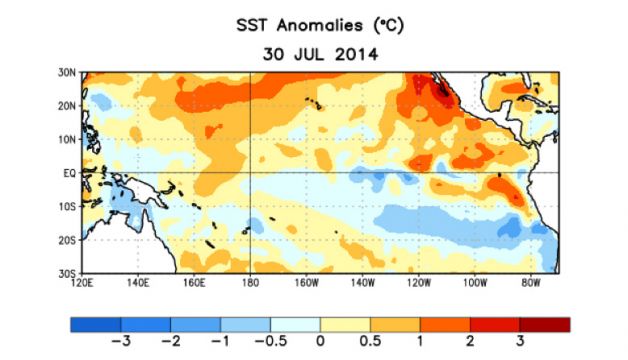A Rancho Cordova family of four and their dog had to be rescued by helicopter from Gilligan’s Island in the American River on Saturday after their raft ran into a submerged obstacle.
“It sounds like they were pretty lucky,” John Havicon, chief ranger with Sacramento County Park rangers, said of the family – Richard and Jennifer Rice, both 34, and their two sons, Seth, 16, and Nathaniel, 13. “They all had life jackets on, so they were pretty smart. Things worked out well for them.”
Richard Rice said Monday that Nathaniel remained at UC Davis Medical Center, where he was taken Saturday with mild hypothermia and to be treated for an underlying illness.
“It was definitely scary,” Rice said of the ordeal. “But everyone was great along the whole process.”
For the past five years, the family celebrated Memorial Day weekend by rafting on the American River. This year they brought along their 3-month-old Great Dane puppy, Marmaduke.
“This was the first time we had our own raft, instead of renting one,” said Rice, an information security consultant.
At 2 p.m. Saturday, they got their Party Island raft into the river just below the Sunrise Boulevard bridge, planning to get to William B. Pond Recreation Area, just shy of Watt Avenue. They towed a smaller raft containing an ice chest, car keys and cellphones. Rice had picked up four life jackets from a fire station earlier.
Everything was going fine until about 7:30 p.m., when the raft approached the Arden rapids near River Bend Park. “As we were making the decision to go right or left, the river made the decision for us,” said Rice. The current took the family to the left, where, Rice said, an empty raft was caught in the middle of the river on something, which he thinks was a log.
“We did everything was could to avoid that part, but ended up hitting it square on,” he said. “The raft was not maneuverable at all.”
The collision caused Nathaniel to fall backward into the water. “I fell right out afterwards, chasing him down, and Marmaduke came after us,” recalled Rice. “I was able to catch up with Nate, about 300-400 feet past where the boat was, and get over to the side of the river.”
The trio made it to Gilligan’s Island, while the raft with Jennifer and Seth was filling with water, said Rice. They were able to get out of the raft, grab the smaller raft and get to land, but on the other side of the river. About 15 minutes later, they reached Gilligan’s Island by using the smaller raft, Rice said.
In the meantime, Nathaniel began experiencing health problems, his father said.
Rice resisted calling 911 right away, he said, because he hoped to get off the island and get to a second car they’d parked at William B. Pond Recreation Area.
But he was unable to get across the river. “I’m a decent swimmer, but I had a hard time,” he said. “It was impossible to swim upriver.”
Havicon said the American River was flowing at 1,750 cubic feet per second this weekend, and that the current was probably faster where the family was, as the river narrows at that point.
About 8 p.m., Jennifer Rice called 911 since Nathaniel’s condition started to worsen. “We got patched to the rescue team, and they realized we were at a point which was not accessible by land, so they had a helicopter come get us,” said Richard Rice.
At that time, Falcon 30, a helicopter with Placer County sheriff’s office, was in the area. Rice said he used the family cellphones’ flashlight function to guide the pilot.
About 9 p.m., Nathaniel and Jennifer were picked by the helicopter and taken to a waiting Sacramento Metro Fire ambulance near Rod Beaudry Drive. Richard, Seth and Marmaduke joined them about a half-hour later, and Nathaniel was taken to the hospital.
The family’s rescue was one of three made on the American River this Memorial Day weekend.
A man had jumped off a raft to get a paddle at the San Juan rapids about noon Saturday, but didn’t know how to swim. “They got to him just in time,” said Havicon, the chief ranger. Sunday, a woman fell off a raft and was staying afloat but started to panic, so rangers plucked her to safety.
“It’s pretty mild for Memorial Day weekend,” he said. “We have a lot of people out here, so it’s a busy weekend for us compared to the past.”
Three park rangers patrolled a 23-mile stretch of the American River, from Hazel Avenue to Discovery Park, by boat.
This season, there have been at least 10 rescues or calls for assistance on the American River, but no deaths. “We average six drownings a year, but we have not had any this year,” said Havicon.
More at SacBee.com >>>
Read more here: http://www.sacbee.com/2014/05/26/6434276/rancho-cordova-family-rescued.html#storylin

